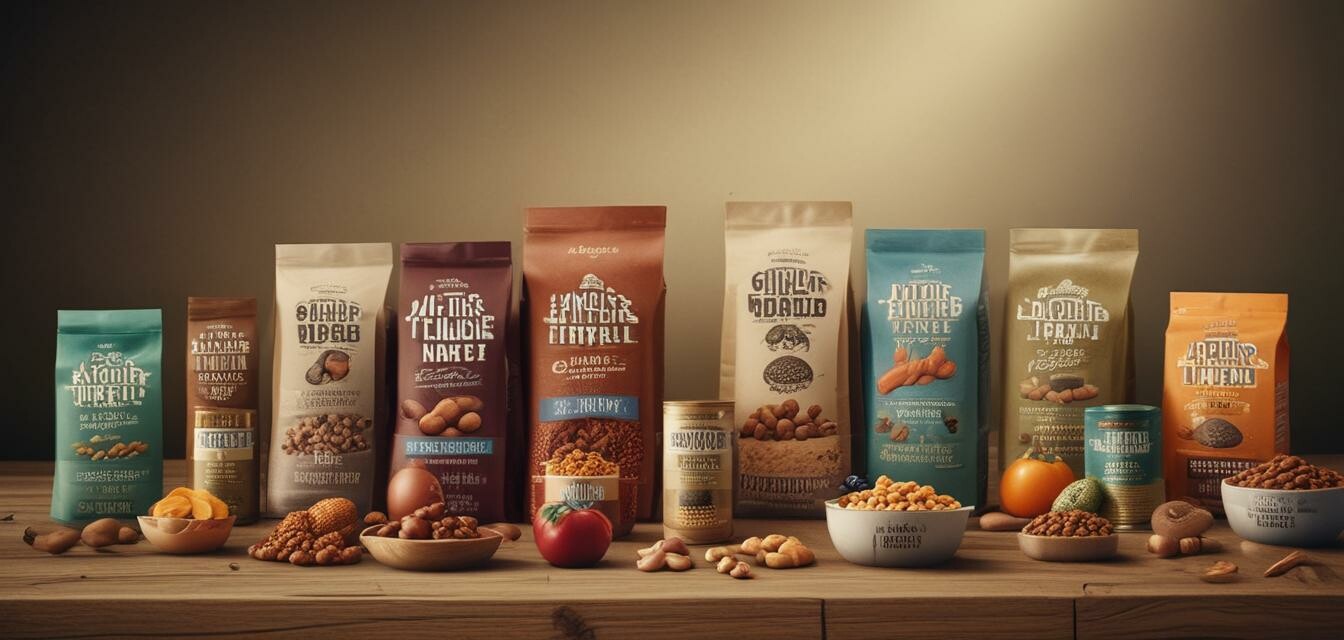
Organic Dog Food
Key Takeaways
- Organic dog food is made from ingredients that are grown without pesticides or fertilizers.
- Choosing organic can contribute to the overall health and well-being of your pet.
- Read labels carefully to understand what qualifies as organic.
- Look for certifications on organic dog food packaging.
- Consult your veterinarian before making significant changes to your pet’s diet.
As a pet owner, providing the best for your furry friend is a top priority. Organic dog food has gained popularity among pet lovers who want to offer their dogs food free from harmful additives and pesticides. This comprehensive guide will walk you through everything you need to know about choosing organic dog food for your beloved pet.
What is organic dog food?
Organic dog food is made from ingredients that are grown or raised without the use of synthetic pesticides, fertilizers, antibiotics, or growth hormones. This means that the ingredients are naturally sourced, providing a healthier option for your pet.
Benefits of organic dog food
- Healthier ingredients: Organic dog food typically contains real meat, vegetables, and grains that are grown without harmful chemicals.
- More nutrients: These food options can provide dogs with better nutrient profiles and bioavailable nutrients.
- Better digestion: Organic dog food is easier to digest, helping your dog to maintain a healthy gut.
- Environmentally friendly: Organic farming practices are generally more sustainable and less harmful to the environment.

How to choose organic dog food
When selecting the right organic dog food, consider the following factors:
- Check ingredients: Look for whole food ingredients with recognizable names. Avoid fillers like corn, soy, or chemicals.
- Read labels: Ensure that the product states it is certified organic by organizations such as the USDA.
- Consider your dog's needs: Different life stages or health conditions may require different nutrients. Consult your veterinarian if unsure.
- Evaluate brands: Research reputable brands that focus on high-quality, organic ingredients.
Common misconceptions about organic dog food
There are several misconceptions about organic dog food that deserve to be clarified:
- All organic dog food is created equal: Not all brands adhere to the same quality standards, so research is essential.
- Organic means grain-free: Organic foods can still contain grains; it just means those grains are organically sourced.
- Organic dog food is always more expensive: While some brands might be pricey, options are available for various budgets.
Popular organic dog food ingredients
Here are some common ingredients you may find in organic dog food:
| Ingredient | Benefits |
|---|---|
| Chicken | High-quality protein source, supports muscle growth. |
| Brown rice | Good source of carbohydrates, easy to digest. |
| Sweet potatoes | Rich in vitamins, fiber-rich for digestive health. |
| Carrots | Promotes good eyesight and immune health. |
| Spinach | Nutritious leafy green that supports overall health. |
How to transition your dog to organic food
Transitioning your dog to organic food should be done gradually to avoid digestive upset:
- Start by mixing a small amount of organic food with your dog's current food.
- Increase the amount of organic food gradually while decreasing the other food over 7-10 days.
- Monitor your dog for any signs of distress or allergies during the transition.

Where to buy organic dog food
You can purchase organic dog food from various sources, including:
- Pet supply stores - Many local stores carry organic options.
- Online retailers - Explore various brands and read consumer reviews.
- Specialty pet shops - These shops often focus on premium and organic products.
- Your veterinarian - They may carry or recommend specific organic brands they trust.
Conclusion
Offering organic dog food to your pet can lead to improved health and wellbeing. With careful consideration of ingredients, transition methods, and a clear understanding of what organic means, your dog can thrive on a natural diet. Always consult with your veterinarian for tailored advice regarding your dog's nutritional needs.
Pros
- High-quality, natural ingredients.
- More nutritious options available.
- Environmentally friendly practices.
- Potentially better digestion.
Cons
- Higher costs than conventional foods.
- Availability may be limited in some areas.
- Some dogs may not prefer the taste.
Tips for beginners
- Start with small amounts to see how your dog reacts.
- Observe for any allergic reactions.
- Consider variety to keep mealtime interesting for your dog.
- Keep an eye on your pet's energy levels and overall condition during the transition.








